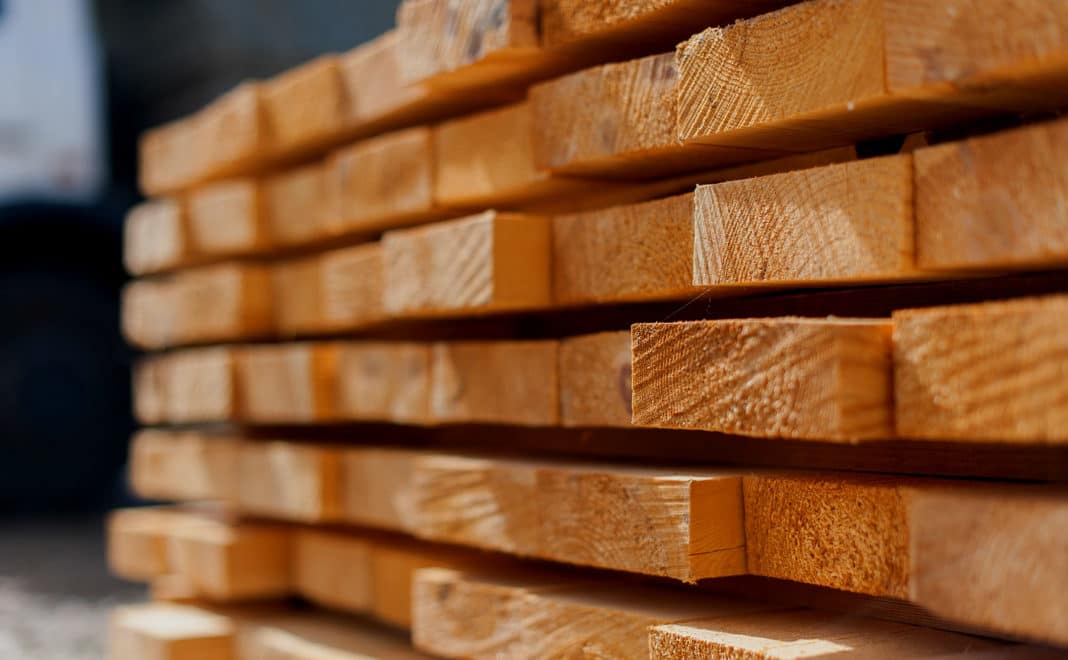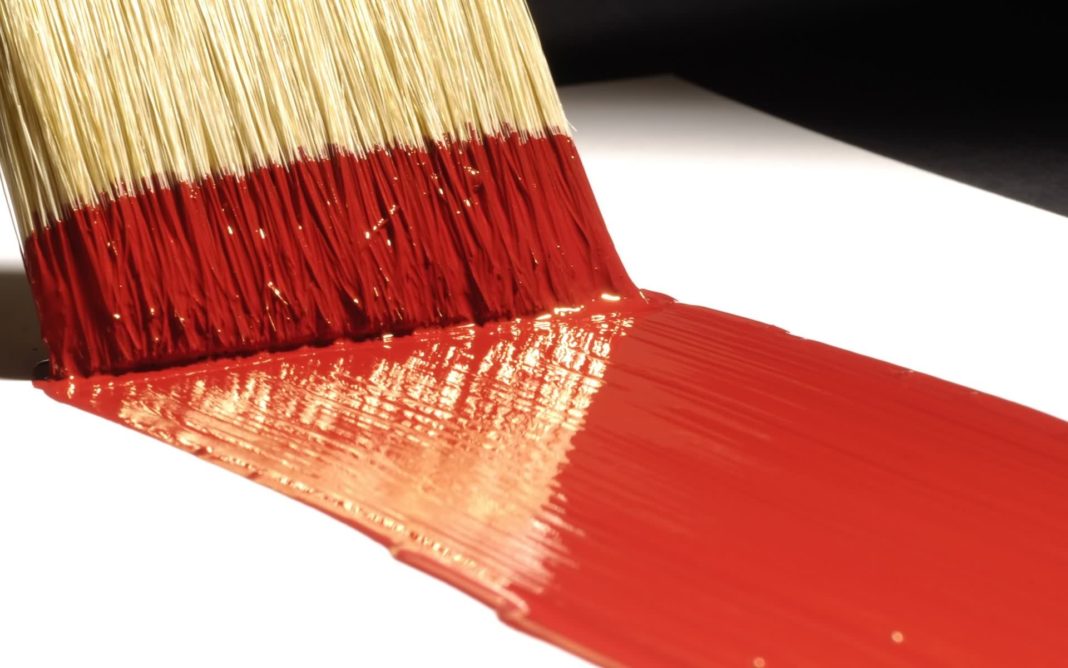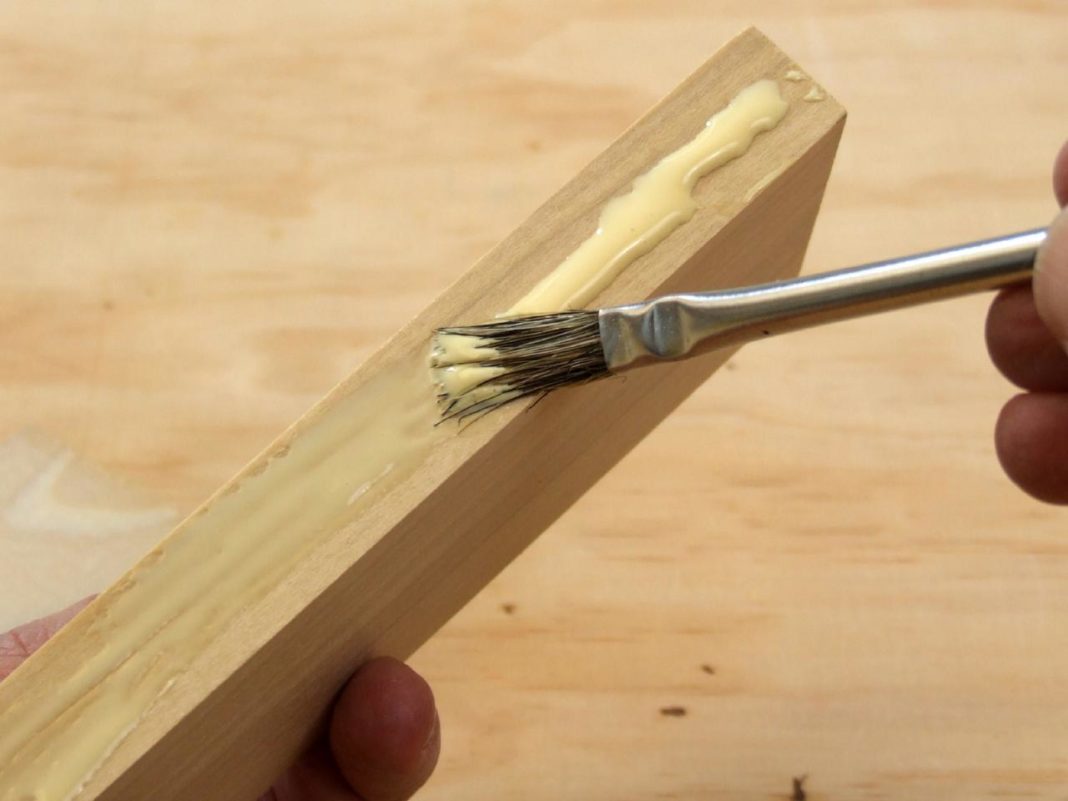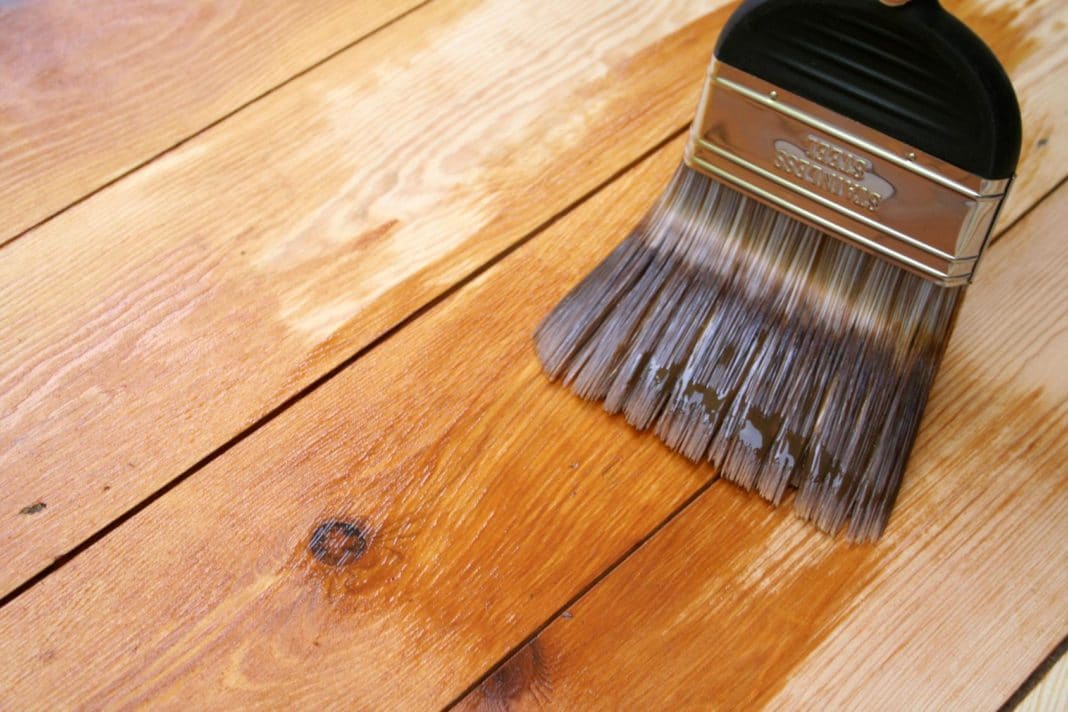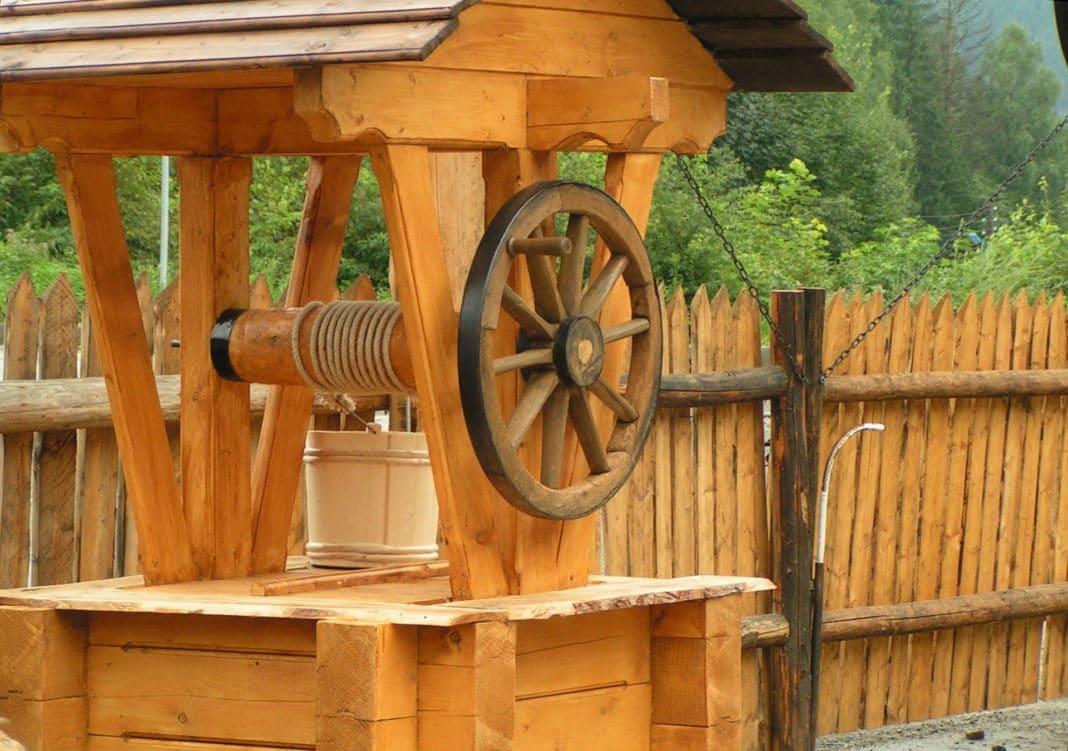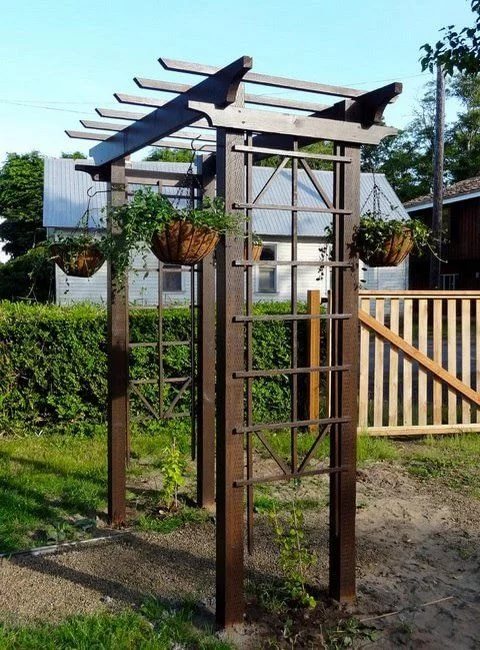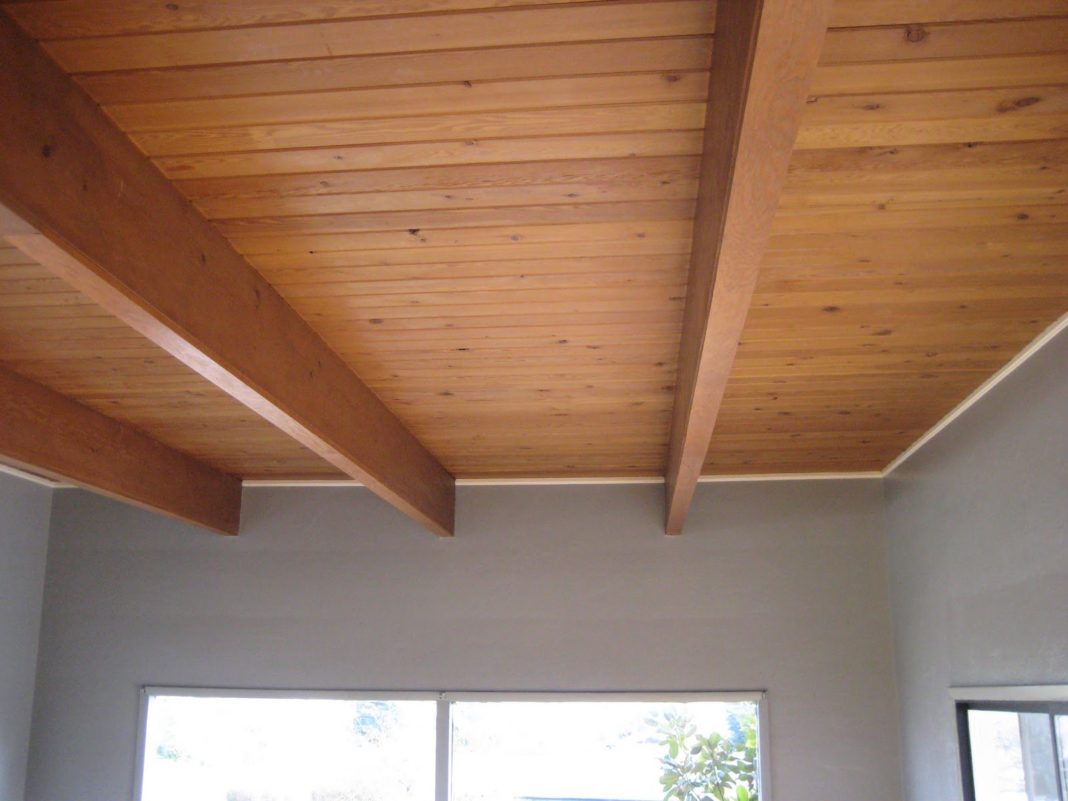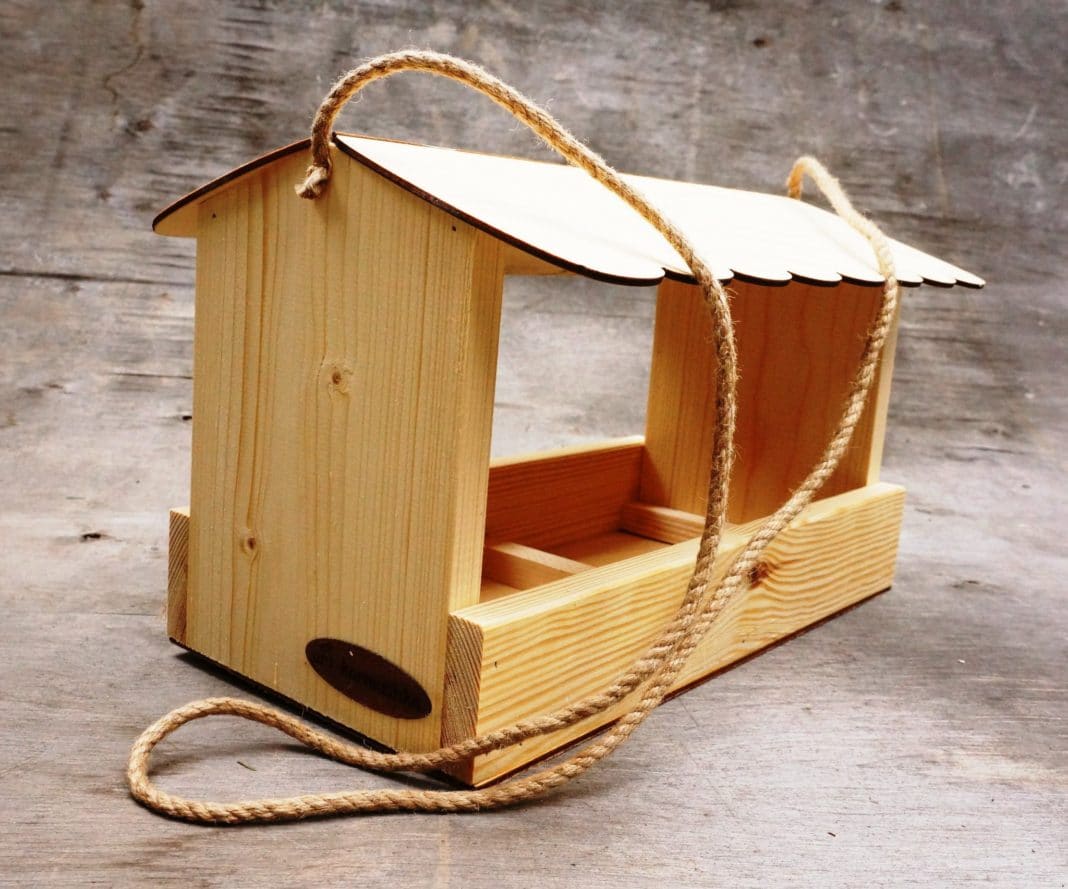When constructing buildings from wooden materials, many problems can arise, one of which is wood shrinkage. This occurs because wood is a complex and demanding raw material that reacts to external conditions. It is essential to use prepared material in construction; otherwise, raw wood can crack, deform, and shrink.
Specialists working with this natural material must know all the nuances and rules for handling it, as well as how to use it correctly in construction.
Wooden structures have always been distinguished by their unique beauty, character, and extraordinary internal atmosphere. Today, wooden houses are very popular. Firstly, it is important to know the physical characteristics of different types of wood, as the shrinkage coefficients of different species vary significantly. A special table helps builders by providing data on the shrinkage of various types of wood. These indicators help specialists determine the necessary allowances during construction to ensure that the structure does not change its appearance and remains a safe dwelling.
What You Need to Know About Wood Shrinkage
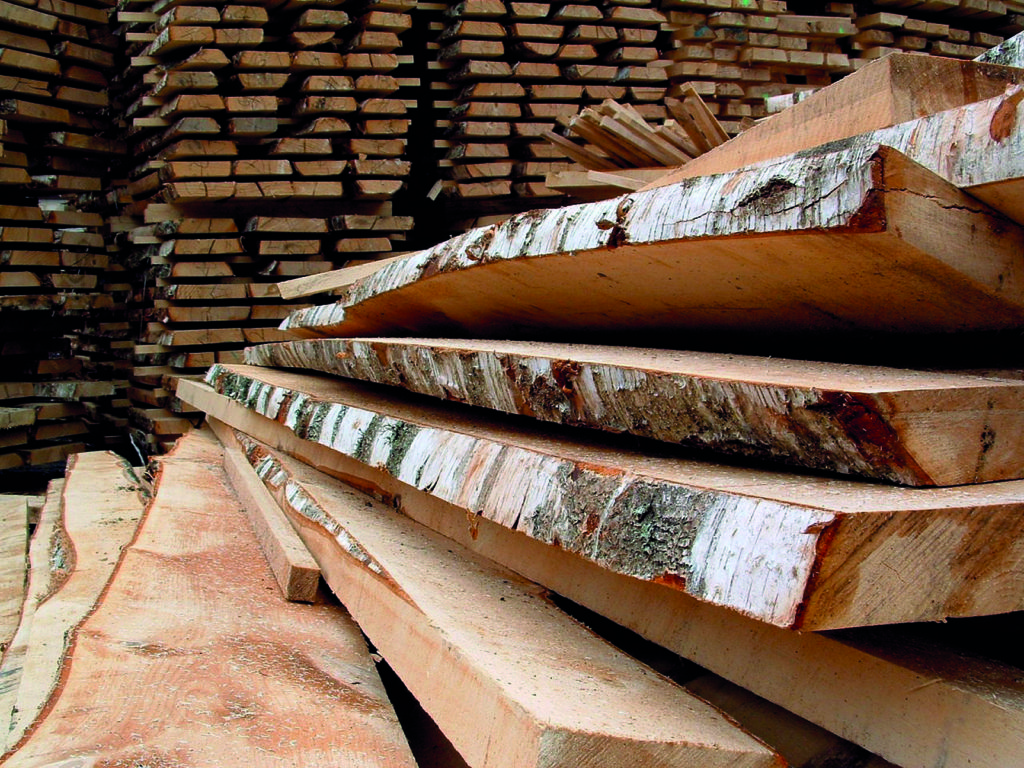
Basic knowledge about the properties and structure of wood can be obtained by studying wood science. This scientific discipline encompasses all the characteristics and data obtained through chemical, physical, biological, and mechanical studies of this natural material. The science of wood examines all its properties, structure, and reactions to external conditions and influences.
Shrinkage is a process of changing the properties, volumes, and linear dimensions of the material. It is worth noting that all species of trees are subject to this change, but each type does so differently, specifically in terms of the percentage of shrinkage and the duration of this process. This process occurs as the binding and adsorbing water is removed from the material. There is plenty of liquid in this natural raw material, so only a skilled and experienced specialist can prepare the wood for construction work.
Before releasing wood for construction work, it is dried, and this is a lengthy and laborious process. It has specific requirements and standards, for example, each type of this material has its own GOST, which guarantees the quality and strength of the raw material.
Wood Drying Process
- In the initial stage, a small portion of the bound liquid is removed from the material. This is the slowest stage, but the work has already begun. Water does not completely leave the structure of the wood but only partially, with a large percentage of moisture still remaining. Water evaporates slowest along the fibers. This type of shrinkage should not be neglected, especially when working with expensive wood species.
- The magnitude of shrinkage is measured both in the longitudinal and radial projections. The latter has different parameters for different types of raw materials. Typically, in the second stage, the properties of the building material change in the radial direction.
- In the final stage, volumetric shrinkage occurs. It determines the degree of moisture removal and the condition of the raw material. One of the main indicators of quality shrinkage is its coefficient. It determines how much the geometric parameters of the wood cell will change if the humidity increases by 1%.
State standards and coefficients for different wood species are reflected in reference tables. Builders use them for calculations to know what allowances are necessary when working with a particular raw material.
Understanding the Shrinkage Coefficient of Wood

Thanks to the data obtained from studying various wood species, a classification of different types of this natural material has been created, each with its own volumetric shrinkage coefficient. This is a measure of how much the raw material has lost moisture and shrunk in volume. It is important to know this when using the material, as external factors and natural phenomena can have the opposite effect on it, leading not to shrinkage but to expansion and distortion of its dimensions.
Based on these indicators, a classification of all raw materials was created:
- Wood species with a volumetric shrinkage coefficient of less than 0.4 units are classified as slightly shrinking.
- Species with coefficients of 0.41-0.55 units are classified as moderately shrinking.
- Wood species with coefficients of 0.56-0.65 units are considered significantly shrinking.
- Species with a coefficient of 0.66 units are classified as highly shrinking.
The most common method of processing wood is kiln drying. In this process, the percentage of moisture loss from the raw material is high, and water is evenly evaporated from the workpiece. Enterprises have special equipment that allows this process to be carried out quickly and efficiently. If there are malfunctions in the operation of the kilns, the output will be poor-quality and non-marketable workpieces that do not meet GOST standards.
Raw wood can also be used in construction, but it is important to understand that wood shrinkage is a natural and inevitable process.
Artificial Drying
Naturally, workpieces can dry for a long time, sometimes taking a year or more. During this time, the uniformity of moisture removal from the raw material will be disrupted, which will affect the quality. Therefore, today, work is mainly done with lumber that has undergone artificial drying. This significantly reduces the time and allows for the production of goods that meet GOST standards. High-quality workpieces should not have defects or deformations. They can be safely used in house construction, as there is confidence that the house will last for decades, will not settle, and will be safe and comfortable for people to live in.
Specialists assert that improperly processed lumber can lead to the destruction and deformation of structures. Workpieces should be chosen carefully; the surface should be smooth and without visible defects. When purchasing lumber, it is always necessary to familiarize yourself with the documents and certificates for this product.
